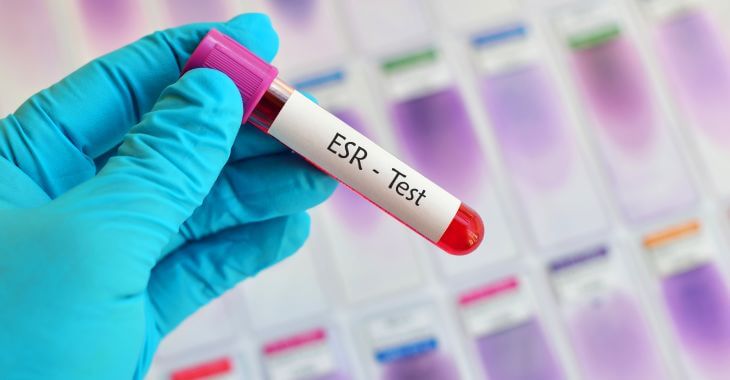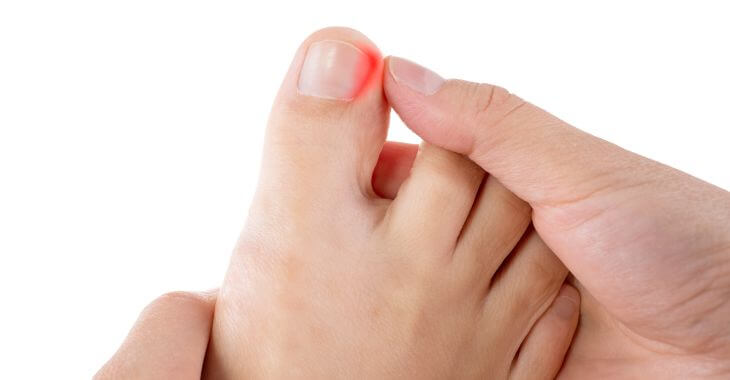Why ESR Is High in Female Patients: Understanding Symptoms, Causes and Treatment

The erythrocyte sedimentation rate (ESR) is a common blood test used to detect inflammation in the body. While an elevated ESR can indicate various medical conditions, it’s essential to understand why ESR is high in female patients in many cases.
This article explores the high ESR symptoms, high ESR causes and treatment options, shedding light on why women may experience this condition more frequently.
What is ESR?
ESR measures how quickly red blood cells settle at the bottom of a test tube over an hour. Normally, red blood cells settle relatively slowly. However, a faster-than-normal rate may indicate inflammation in the body, which can be due to various medical conditions.
High ESR Symptoms
High ESR itself does not cause symptoms; rather, it is an indicator of underlying issues. The symptoms experienced are typically related to the condition causing the elevated ESR. Common high ESR symptoms include:
- Fatigue: Persistent tiredness not relieved by rest.
- Fever: Frequent or unexplained fevers.
- Weight loss: Unintended weight loss over a short period.
- Joint stiffness or pain, Particularly in conditions like rheumatoid arthritis.
- Muscle aches: Generalized muscle discomfort or pain.
Women experiencing these symptoms should consult a healthcare provider to determine if a high ESR is present and to uncover the underlying cause.
High ESR Causes
Several factors can lead to a high ESR and many of these are more prevalent or significant in females:
- Autoimmune Diseases: Women are more likely to develop autoimmune diseases, such as rheumatoid arthritis and lupus, which can cause high ESR due to chronic inflammation.
- Infections: Bacterial, viral and fungal infections can elevate ESR. Since women may encounter certain infections more frequently (e.g., urinary tract infections), this can be a contributing factor.
- Chronic Diseases: Conditions such as kidney disease and thyroid disorders can lead to increased ESR levels.
- Inflammatory Conditions: Diseases such as polymyalgia rheumatica, which is more common in older women, result in elevated ESR.
- Pregnancy: ESR levels naturally rise during pregnancy due to increased plasma volume and changes in the immune system.
- Menstruation: Hormonal changes and inflammation associated with the menstrual cycle can temporarily elevate ESR.
Some cancers, such as lymphoma and multiple myeloma, are also associated with high ESR, but this is more rare than other causes.
High ESR Causes and Treatment
Understanding the causes of high ESR is crucial for effective treatment. Here is a detailed look at some of the common causes and their respective treatments:
Autoimmune Diseases
Conditions like lupus and rheumatoid arthritis trigger the immune system to attack healthy tissues, leading to inflammation and elevated ESR. Immunosuppressive drugs, such as corticosteroids and methotrexate, are commonly used. Healthy lifestyle changes can also help manage symptoms.
Infections
Bacterial infections (e.g., tuberculosis), viral infections (e.g., hepatitis), and fungal infections can cause significant inflammation, reflected in a high ESR. Antibiotics, antivirals, or antifungals are prescribed based on the type of infection. Rest and hydration are also important.
Chronic Diseases
Chronic conditions like kidney disease or thyroid disorders (e.g., hypothyroidism) can cause persistent inflammation. Managing the underlying disease through medication, dietary changes, and regular monitoring can help control ESR levels.
Inflammatory Conditions
Conditions such as polymyalgia rheumatica cause widespread inflammation. Corticosteroids are the primary treatment. Physical therapy may also be recommended to maintain joint function and reduce pain.
Pregnancy
Physiological changes during pregnancy naturally elevate ESR. This is typically not treated, as it is a normal response. Monitoring is essential to ensure there is no underlying pathology.
Menstruation
Hormonal fluctuations and associated inflammation can raise ESR. Generally, no treatment is necessary unless associated with severe symptoms or an underlying condition like endometriosis.
Malignancies
Certain cancers increase ESR due to systemic inflammation. Treatment options include surgery, chemotherapy, radiation therapy or a combination thereof, depending on the type and stage of cancer.
Monitoring and Follow-Up
Regular monitoring of ESR can be crucial for women with conditions that cause chronic inflammation. It helps track the effectiveness of treatments and detect flares or relapses early. This can be performed with a simple blood test that can be ordered by any doctor or primary care professional.
Women should work closely with their healthcare providers to manage their conditions effectively, which often involves a combination of medication, lifestyle changes, physical therapy and sometimes alternative therapies like acupuncture or yoga.
A high ESR in females can indicate various underlying conditions, ranging from autoimmune diseases to infections and chronic illnesses. Recognizing high ESR symptoms and understanding the high ESR causes and treatment options is vital for effective management and a personalized treatment plan.

Regular medical check-ups and a proactive approach to health can help women maintain better control over their well-being, addressing both the causes and effects of high ESR. If you experience symptoms associated with high ESR, consult your healthcare provider for a comprehensive evaluation.
The information provided on this website, including text, graphics, images, and other materials, is intended solely for informational purposes and should not be used as a substitute for professional medical advice, diagnosis, or treatment.




)